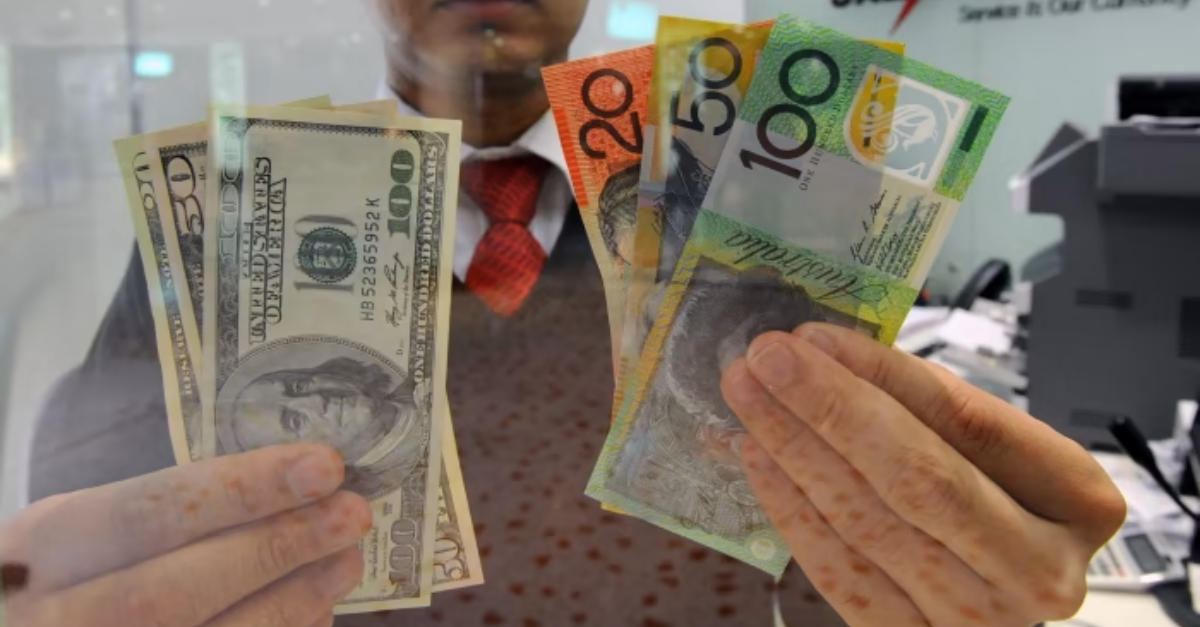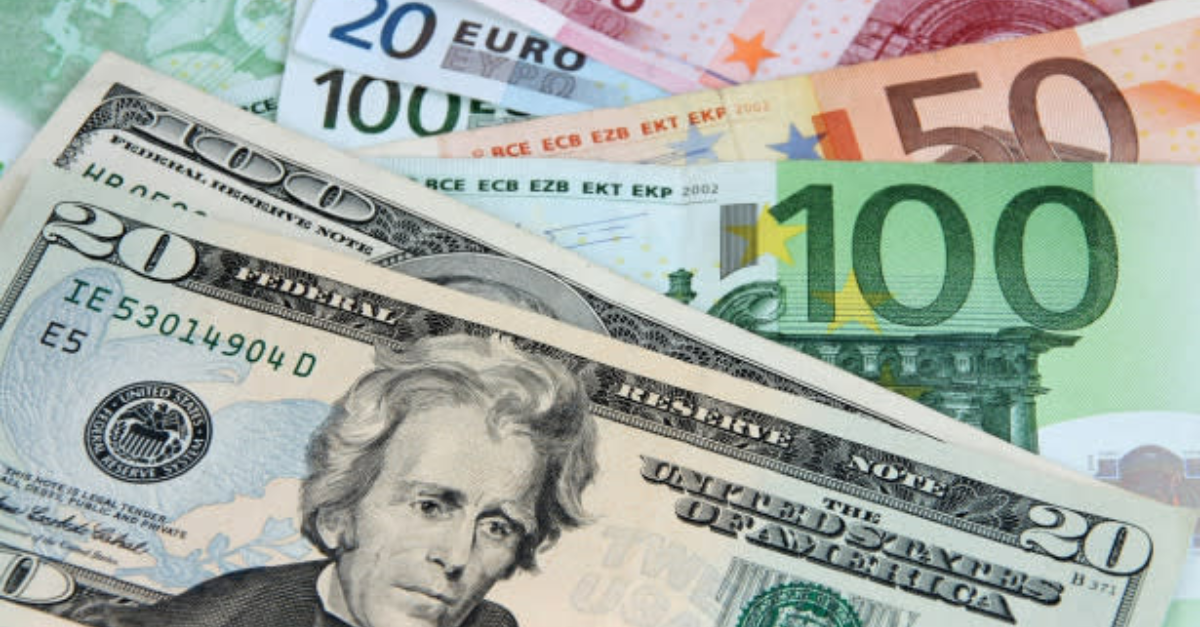S&P 500 Bounces to $4,300, Yet September Ends in Losses
The Standard & Poor’s (S&P) 500 index managed to regain some ground on Thursday, posting a respectable gain of nearly 0.60% and closing just below the critical $4,300.00 level. This positive momentum was mirrored by other major U.S. indices, with the Dow Jones Industrial Average (DJIA) climbing 116 points to settle at $33,666.34, an increase of 0.35%, and the Nasdaq Composite outperforming, surging over 0.80% to end the day at $13,201.28.
The rebound in U.S. equities came as a welcome respite for investors who had been enduring a challenging period in September. The S&P 500, in particular, had experienced a sharp decline in recent weeks, with its value plummeting over 5.0% from its September peak, which had approached the lofty heights of $4,540.00. September, it seems, is poised to become the year’s worst-performing month for equities, with most major indexes retreating from the summertime highs.
The sharp drop in equity prices earlier in the month was attributed to a multitude of factors, which sent jitters throughout the financial markets. Chief among these concerns were uncertainties surrounding the Federal Reserve’s stance on reducing its bond-buying program and the impending specter of rising interest rates. Additionally, worries regarding the impact of the Delta variant of COVID-19 on the global economic recovery added to the prevailing unease.
Thursday’s rebound in the stock market was accompanied by a relaxation of selling pressure and a respite for U.S. Treasury yields. This newfound stability allowed equities to regain some lost ground as investors looked forward to Friday’s release of the crucial U.S. Personal Consumption Expenditure (PCE) Price Index data.
One of the key events on the horizon is the release of the U.S. PCE inflation measure for the month of August, which is expected to hold steady at 0.2%. Investors are closely monitoring inflation data as it plays a pivotal role in the Federal Reserve’s monetary policy decisions and can have a significant impact on market sentiment.
In addition to inflation concerns, there has been growing apprehension among investors regarding the possibility of a U.S. government shutdown driven by partisan politics. These fears, coupled with worries about a potential economic recession, have weighed heavily on equity markets.
As the month of September draws to a close, investors are bracing for continued volatility and uncertainty. The path forward for U.S. equities remains uncertain, with market participants closely monitoring economic data releases, central bank statements, and geopolitical developments that could shape the trajectory of financial markets in the coming months.











